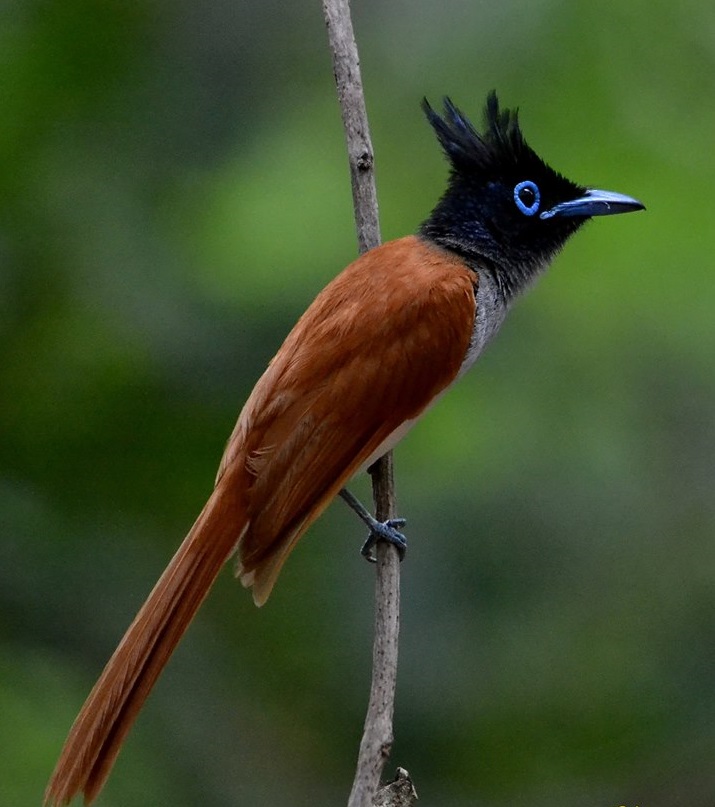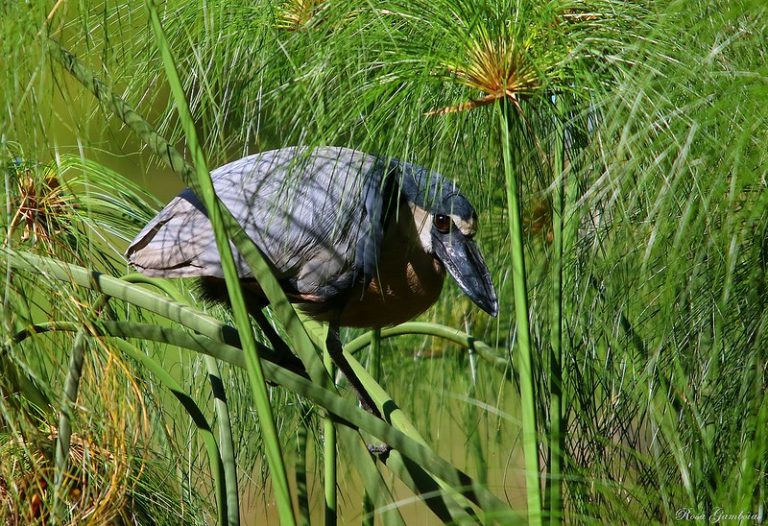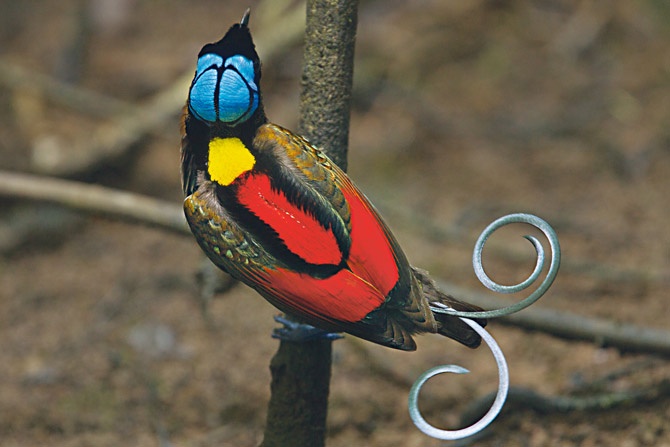The Ghostly Grace of the White Peacock
At dawn, when the mist clings low to the earth and the first rays of sunlight catch on dew-dappled grass, a shimmering figure steps into view. With a train of feathers that glows like spun silver and ivory, the White Peacock moves with such otherworldly elegance that it feels less like an animal and more like a spirit drifting through the garden of the living. The stillness of the air breaks only with a soft rustle of feathers, and all eyes are drawn to this living apparition.
Unlike the familiar jewel-toned Indian Peafowl (Pavo cristatus), whose males flash sapphire, emerald, and gold, the White Peacock wears purity itself. Its feathers are not dyed by pigment but transformed by a rare genetic condition known as leucism. Instead of bright blues and greens, the bird’s long train shines in radiant white, each feather patterned with delicate eye-like designs that appear ghostly and pale. Males dazzle with their immense, fan-shaped tail displays, while females are smaller and subtler, though no less graceful in their ivory gowns.
These birds are most commonly found in parks, palaces, and private estates where they are bred and cared for, though their wild ancestors hail from the forests and grasslands of the Indian subcontinent. Like their more colorful relatives, White Peafowl forage on the ground, feeding on seeds, tender shoots, insects, and even small reptiles. Their call is a sharp, echoing meow-like cry that carries far, often startling in contrast to their angelic appearance.
Because White Peafowl are selectively bred, their populations are not considered endangered. Yet, like all peafowl, they face threats from habitat loss in the wild and hunting for their feathers. In captivity, they are cherished as living treasures, often symbols of wealth and refinement. Their rarity ensures that wherever they are kept—whether palace gardens in India or botanical parks abroad—they draw admiration from visitors who may never forget their first encounter with such brilliance.
To stand before a White Peacock is to feel a pause in time. In that moment, as the ivory fan spreads wide and the air trembles with light, one is reminded that nature holds not only fierce survival but also miracles of beauty that seem too perfect for this world. The White Peacock is not merely a bird—it is a vision, a reminder that wonder still walks among us, clothed in feathers as white as dreams.

Throughout history, the peacock has been a powerful symbol: in Hindu mythology, it is the mount of the god Kartikeya; in Christianity, its feathers signify immortality and renewal; in many cultures, it embodies beauty, pride, and spiritual awakening. The White Peacock adds another layer to this symbolism—purity, transcendence, and the luminous presence of something beyond the ordinary.






